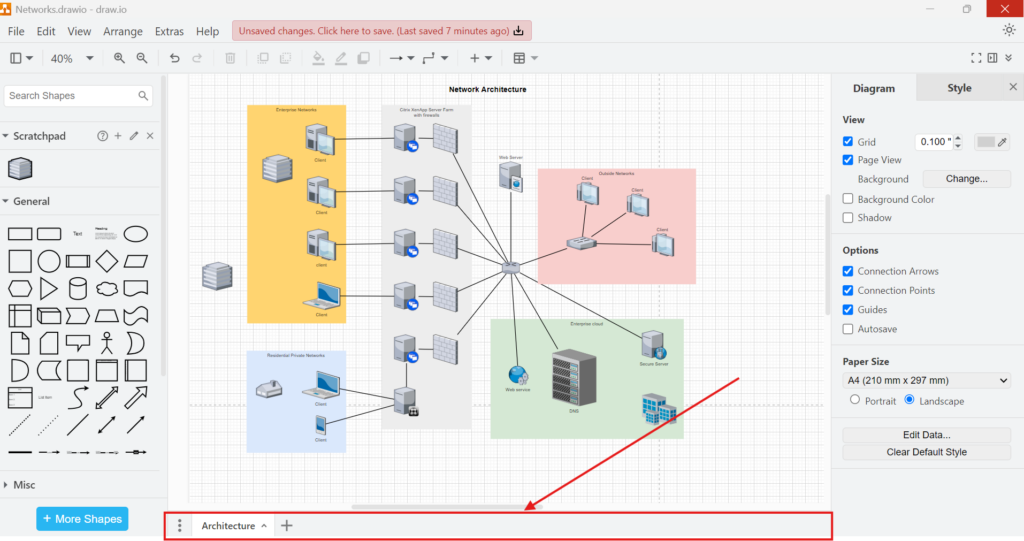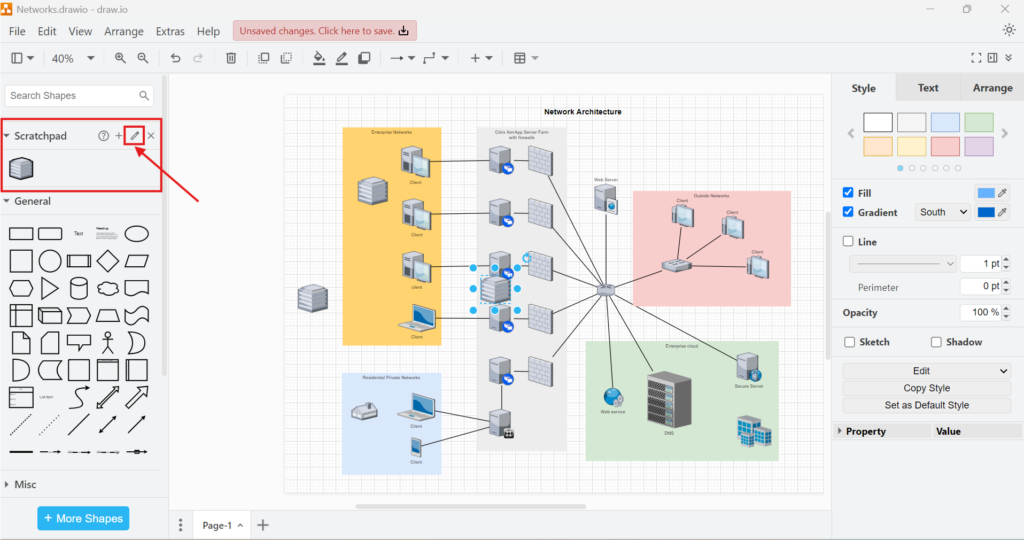ITIL Exception Events | Types of ITIL Events (1)
Before diving in, let me give you a quick overview of ITIL. ITIL stands for Information Technology Infrastructure Library. It’s a framework of best practices for managing IT services. The goal is simple: align IT services with business needs while boosting efficiency and customer satisfaction. In this article, I’ll focus on exception events, one of the key types of ITIL events. Let’s explore what they mean, why they matter, and how businesses handle them effectively.
ITIL Exception Events | Types of ITIL Events (1) Read More »



















